

Max Davies
How Audi, BMW, Honda, Mercedes-Benz, and Suzuki started out in Australia, and where they are now
4 Hours Ago
The Tonale has been developed for the high-volume small premium SUV segment, but Alfa Romeo has ensured it looks on-brand both inside and out.

Contributor
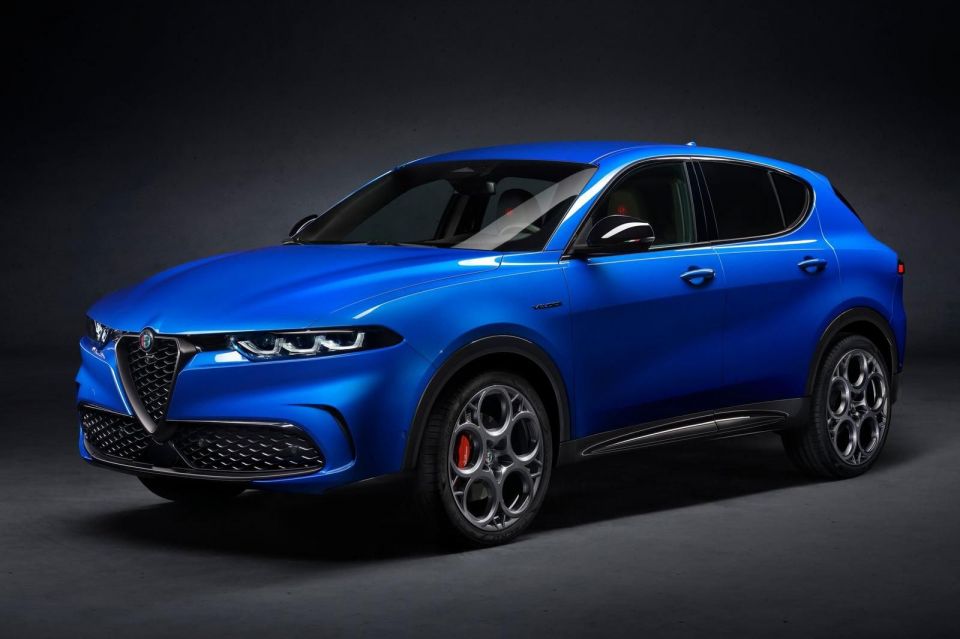

Contributor
Alfa Romeo is a brand with a rich heritage but, while it’s produced numerous high-end exotic models like the 33 Stradale and 8C Competizione, its bread and butter products have been more accessible sedans and hatchbacks like the Alfasud and MiTo.
The new Alfa Romeo Tonale represents the Italian brand’s second foray into the booming SUV market, and is a smaller, more affordable affair than its larger, Porsche Macan-rivalling sibling, the Stelvio.
Launching in Australia during the first half of 2023, the Tonale has its sights set directly on key competitors including the BMW X1, Audi Q2, Lexus UX, Volvo XC40 and other compact premium SUVs.
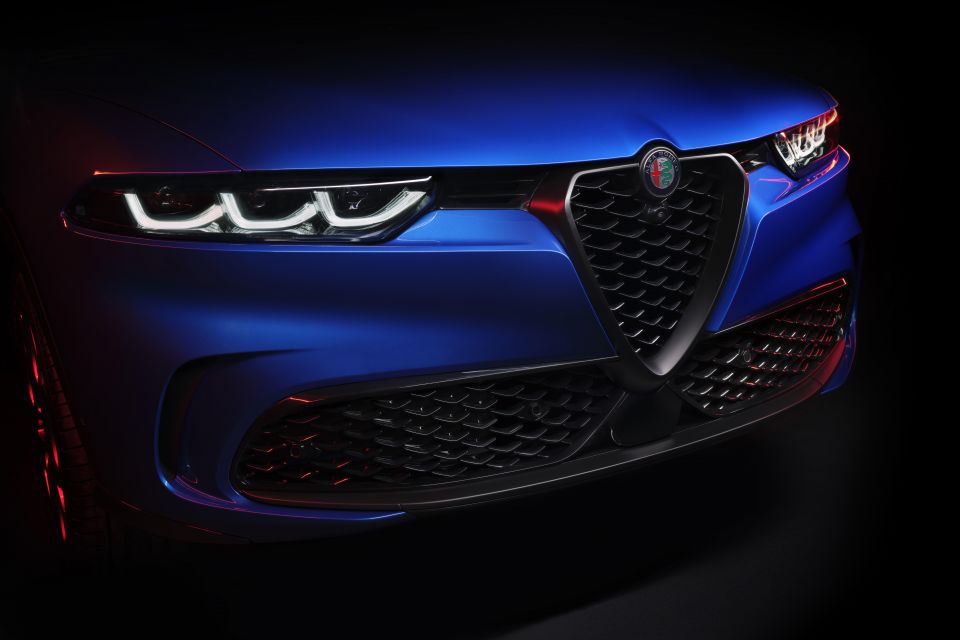
Since the post-WWII 6C 2500, almost all Alfa Romeos have been distinguished by the iconic scudetto or trefoil triangular grille.
The Tonale is no different, with the scudetto in this interpretation sitting slightly proud of the lower side air intakes.
The LED light signatures also have a link to the past, with the Tonale featuring what Alfa Romeo calls ‘3+3’ headlights. Creating a triple eye look on each side, these LEDs claim to be inspired by the three square headlights used on the SZ and RZ sports cars during the early 1990s.
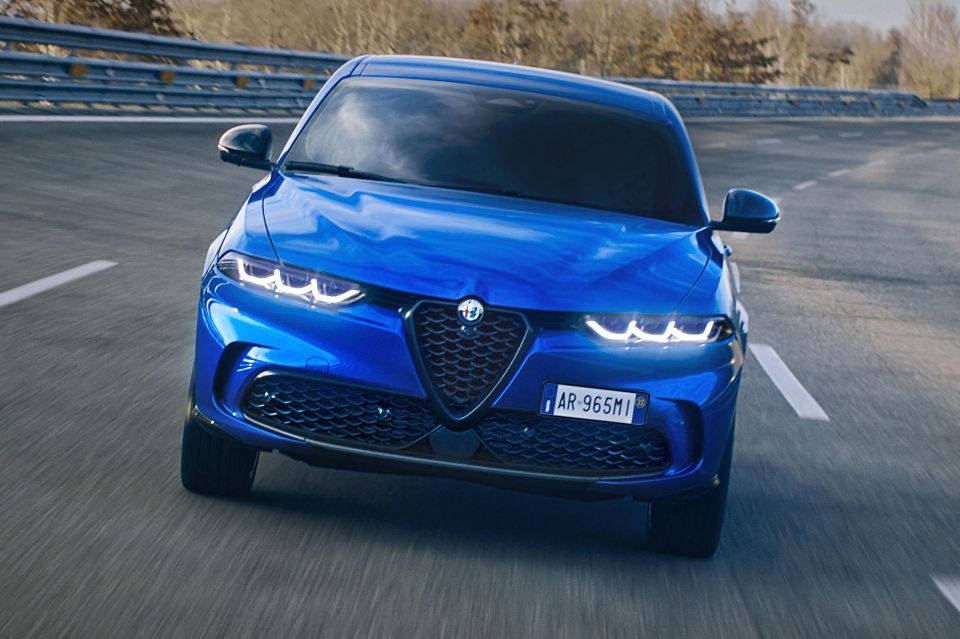
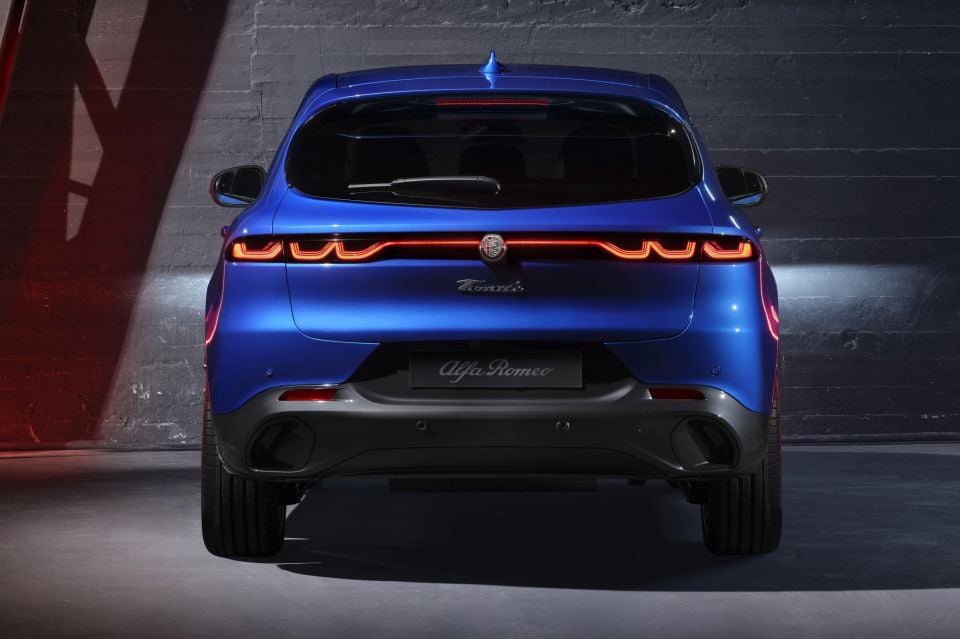
Their focused, almost squinting look also bears a passing resemblance to the iconic Alfa Romeo Montreal of the 1970s with its headlights located below a slatted cover, while this motif has also been used on more contemporary Alfas like the 159 and Brera.
Much like the front, Alfa Romeo claims the tail of the Tonale is also inspired by models from the car’s past. For the shape of the rear glasshouse, the Italian brand claims the lower contours with their subtle curves draw from the 8C Competizione supercar.
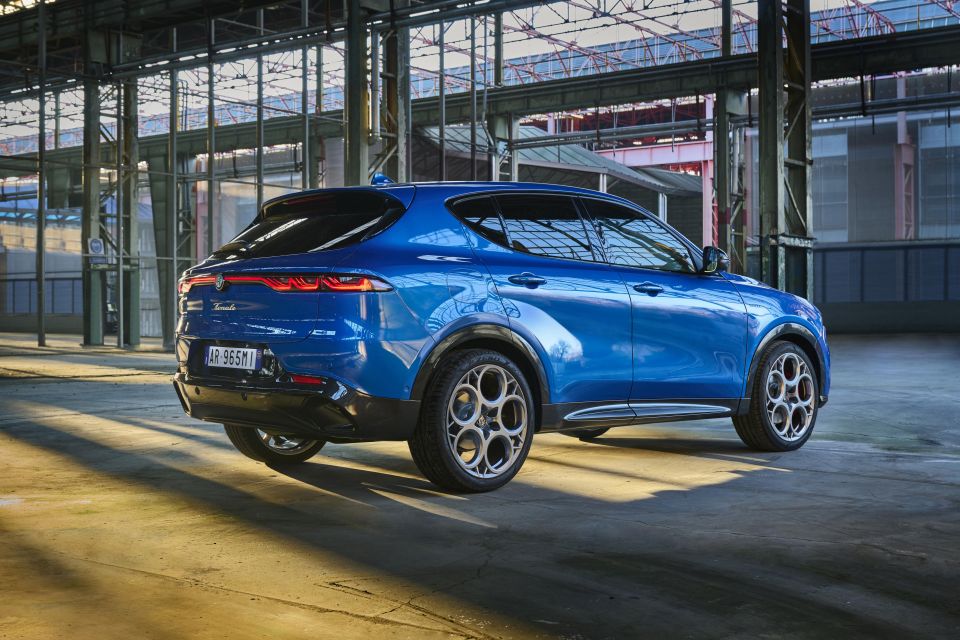
In drawing gently to a point just below the placement of the rear windscreen wiper, a more direct influence could also be the shield-like glasshouse of the Brera hatch, albeit with the Tonale using a far less severe taper.
Light bars are becoming an increasingly uniform design theme in passenger cars today, and with many attempting for a simple, unbroken strip of light across the tailgate, Alfa Romeo has revealed its own take for the Tonale.
Completing the design themes set at the front of the car, the tail of the Tonale features what the marque calls a triple ‘sine-wave’ design, that evokes the image of a heartbeat and draws the viewer’s eye from the edges of the car to the central Alfa Romeo badge and Tonale logo. Like other light bars, this also has the effect of working as an optical illusion to visually widen the car’s stance.
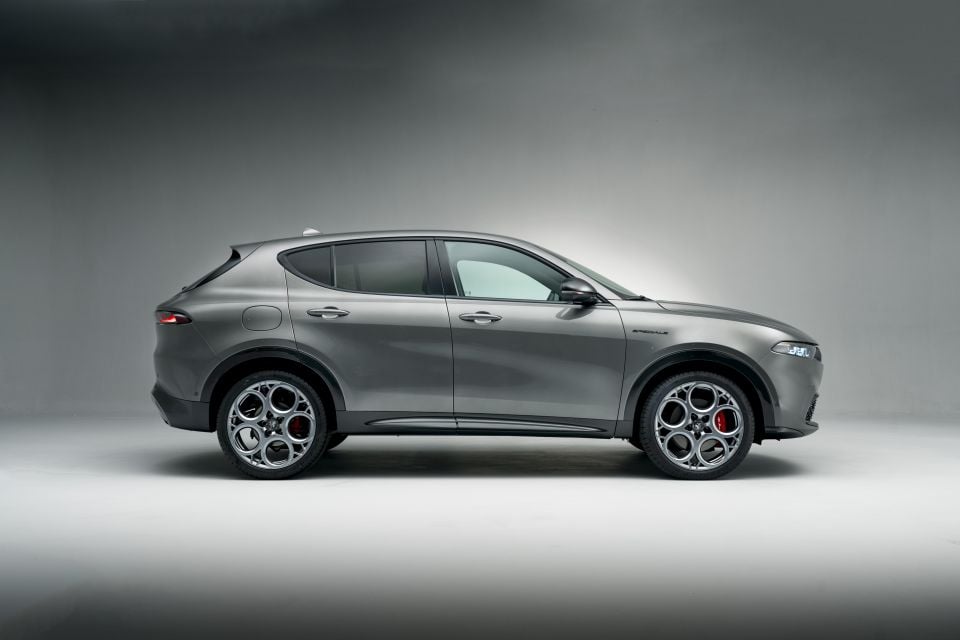
There are arguably two distinguishing features within the side profile of the Tonale that Alfa Romeo has used to distinguish the vehicle as an Alfa Romeo and emphasise its sporting pretentions.
The first of these is the availability of the archetypal teledial wheels, as featured on countless other Alfas, and a clear identification to passers-by of the vehicle’s provenance.
Made famous by models such as the aforementioned 33 Stradale, the size of the ‘holes’ in this design of wheel has gradually increased to suit modern styling tastes, as well as the need for better ventilation and reduced weight, and the Tonale follows other modern Alfa Romeos in adopting a ‘five-hole’ variation of the design.
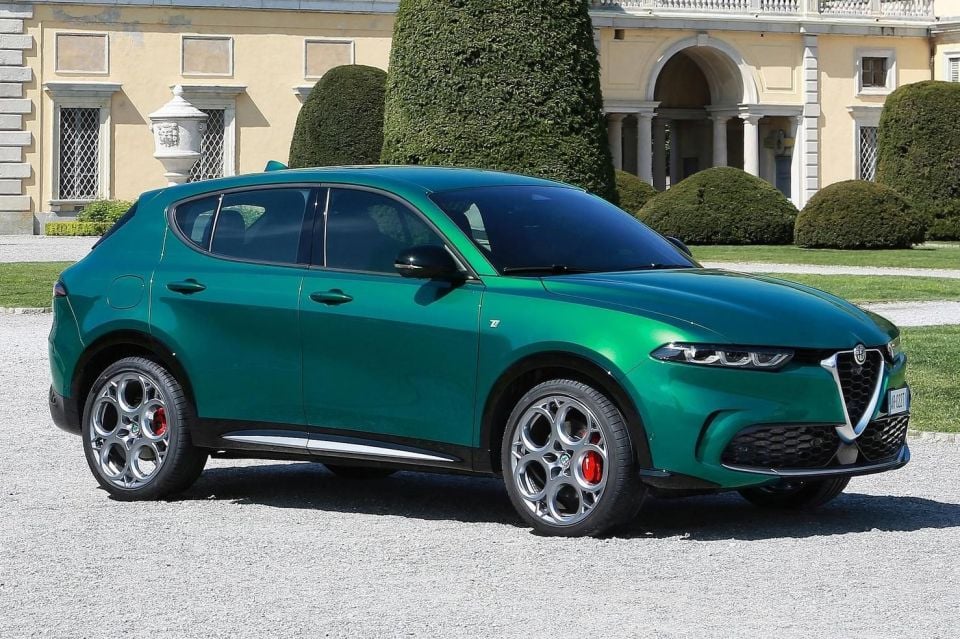
The second is the presence of what Alfa Romeo calls the ‘GT-line.’ This is a long, sweeping body line that extends from above the headlights, uninterrupted through the doors and rear three-quarters of the car. The brand claims that this line gives ‘definition to the car’s body and its profile, and conveys sensuality and athleticism in the car’s body.’
In effect, the GT-line aims to provide a sense of power and to help break up an otherwise slab-sided profile, and bring to memory a design feature used on various GT cars (including outside the Alfa Romeo stable, such as the superformed lines in the latest Bentley Continental GT and the Aston Martin DB11) to visually elongate the vehicle.

With the Giulia and Stelvio, Alfa Romeo has attempted to revitalise the brand’s sporting heart. Both vehicles feature driver-focused interiors, with features such as infotainment displays integrated flush into the dashboard and curved towards the driver and a deeply set instrument binnacle with traditional analogue gauges.
They also feature a thin-rimmed steering wheel with a Ferrari-style start/stop button mounted directly on the wheel, and large, metal paddle shifters fixed to the steering column.
The Tonale attempts to balance this approach with the reality that it is a compact, premium SUV that must also remain practical and comfortable for other cabin occupants, while offering modern technology to match rivals in a fiercely contested segment.

Thus, the Tonale continues to offer a thin-rimmed steering wheel with fixed paddle shifters in a similar design to its older Giulia and Stelvio siblings. However, while remaining deeply recessed, the analogue gauges have been replaced by a digital instrument cluster, which offers a heritage theme inspired by the instrument clusters of classic Alfa Romeos.
Meanwhile, the infotainment system has been upgraded to the latest Uconnect 5 generation, and features technologies such as over-the-air software updates. The touchscreen is equally accessible for the driver and front passenger.
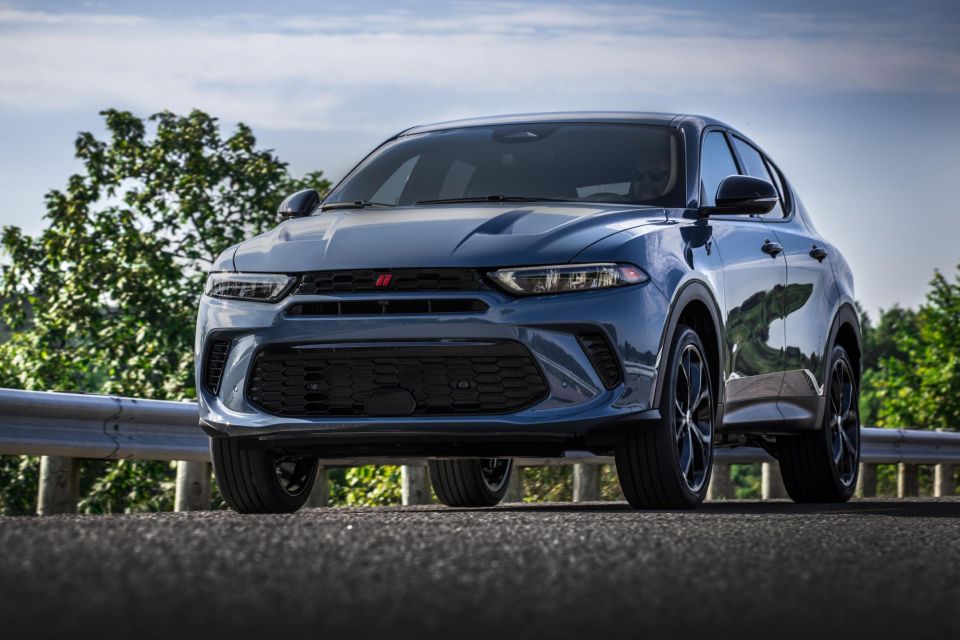
While Stellantis typically employs significant visual differentiation across vehicles on the same platform, the recently revealed Dodge Hornet is more like an old-fashioned rebadge.
Developed for North America, the Tonale-based Hornet features revised front- and rear-end styling, with a version of Dodge’s “mail slot” grille, a vented bonnet, and slim LED headlights up front and a full-width lighting assembly down back.
In a first for Dodge, the light bar features an illuminated version of the brand’s Rhombi logo in the centre.
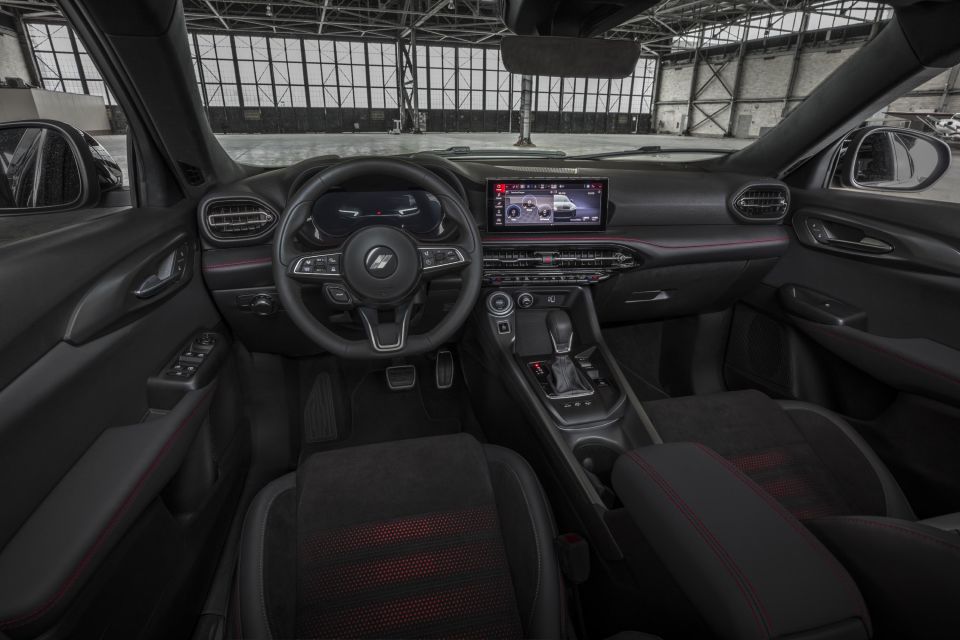
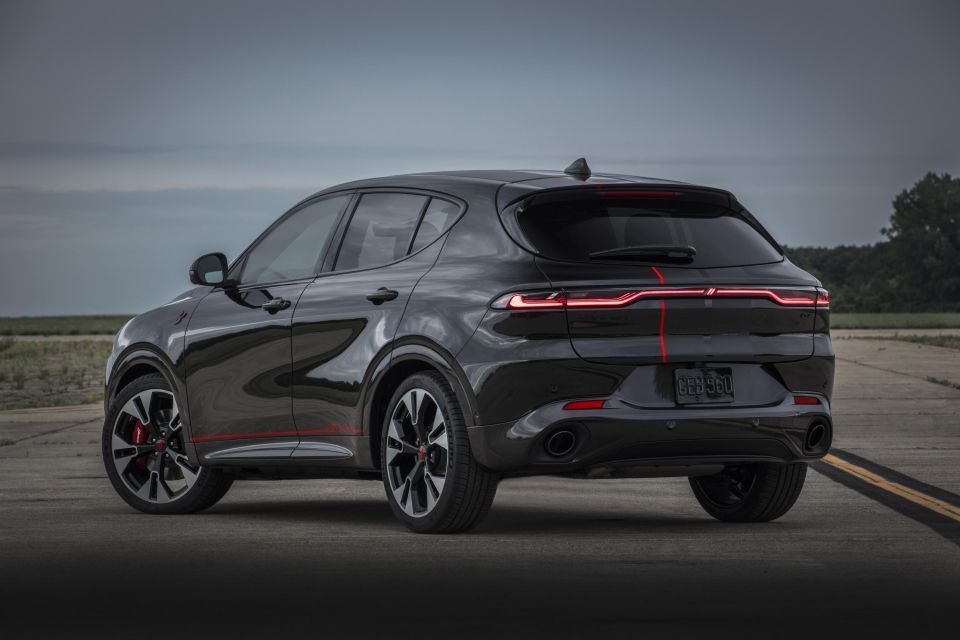
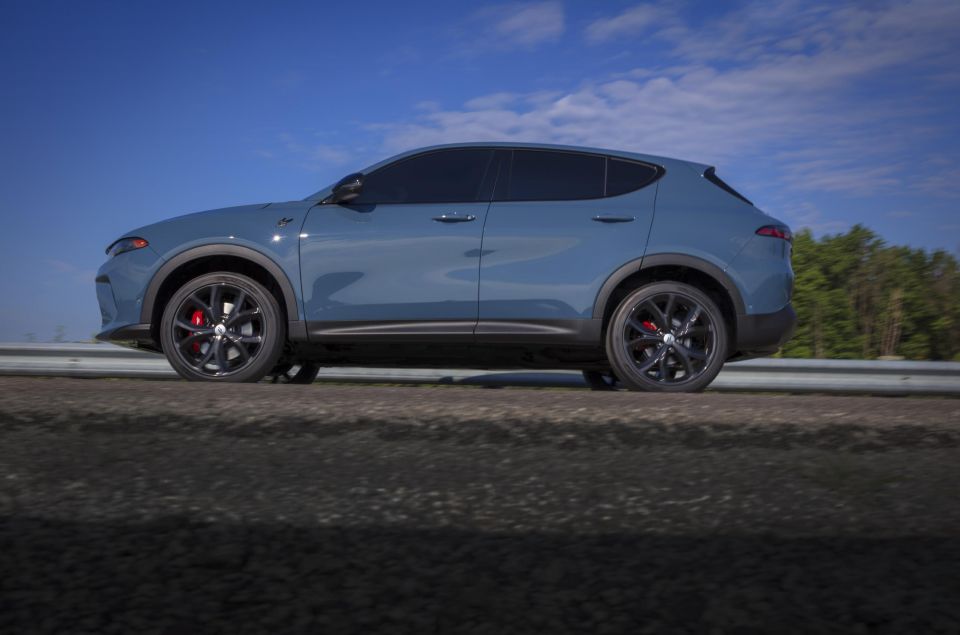
Inside, the cabin differs only in the shape of the air vents, some minor switchgear, and the graphics for the digital instrument cluster and infotainment system.
With a base price in the US that’s expected to be thousands less than the Tonale’s, the Hornet could undercut the Tonale’s premium positioning – not ideal as Alfa Romeo tries to grow its presence in the American market.
A source within Stellantis told American outlet The Drive the Italian brand isn’t happy with Dodge, saying the Tonale started as an Alfa Romeo project but Dodge joined later to increase its fleet average fuel economy.
“Dodge took advantage of the [Tonale] to make a compliance car—their Aston Martin Cygnet moment, if you will. Suffice it to say internal politics won the day, and Dodge needed to up their CAFE numbers, so Hornet was born.” said the source.
Where expert car reviews meet expert car buying – CarExpert gives you trusted advice, personalised service and real savings on your next new car.


Max Davies
4 Hours Ago


William Stopford
4 Hours Ago


Derek Fung
4 Hours Ago


Max Davies
12 Hours Ago


William Stopford
1 Day Ago


Ben Zachariah
1 Day Ago